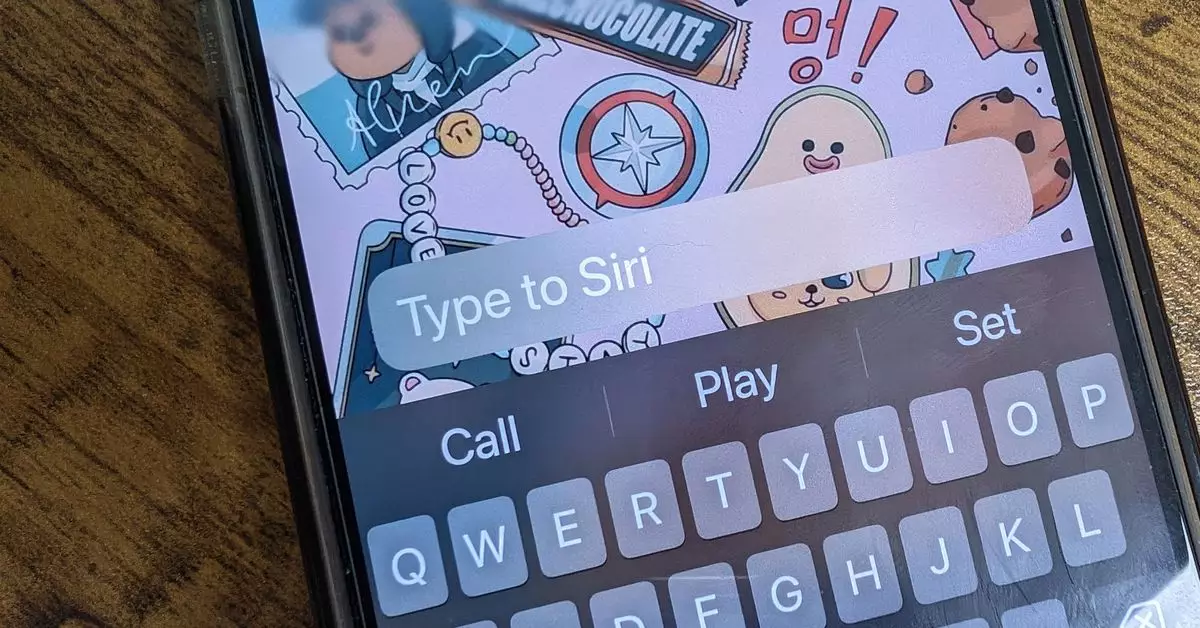In a world where AI technology is becoming increasingly prevalent in our daily lives, the question of how we interact with these virtual assistants in public settings has become a topic of debate. As highlighted by technology journalist Victoria Song, the idea of speaking out loud to AI gadgets like Siri, Google, or Alexa in front of others can be a cringe-worthy experience. While these voice-controlled assistants have become a common feature in our smartphones and smart devices, the social stigma attached to using them in public is a significant barrier to their widespread adoption.
One of the key developments in addressing this issue is the introduction of typing as an alternative way to interact with AI assistants. As highlighted by Apple’s recent announcement about iOS 18 allowing users to type to Siri, this feature offers a more discreet and less intrusive method of communication. By enabling users to type commands instead of speaking them out loud, Apple has acknowledged the importance of privacy and social comfort in the use of AI technology.
The Social and Psychological Factors at Play
The reluctance to use voice-controlled AI assistants in public can be attributed to a variety of social and psychological factors. The self-consciousness and embarrassment that many people feel when speaking to these virtual assistants in front of others can be a major deterrent. Additionally, concerns about privacy and the fear of being judged by others for using AI technology in public settings contribute to the hesitancy towards embracing voice commands.
By offering the option to type to AI assistants, users gain a greater sense of control over their interactions with these devices. The ability to type commands in private settings allows for a more discreet and personalized experience. This level of privacy and autonomy can help alleviate some of the social pressures associated with using voice commands in public, making AI technology more accessible and user-friendly.
Enhancing User Experience and Accessibility
The flexibility of having multiple ways to interact with AI assistants, whether through voice commands or typing, enhances the overall user experience. By accommodating different preferences and comfort levels, technology companies can make their products more inclusive and user-centric. This approach to design not only caters to individual needs but also promotes the seamless integration of AI technology into our daily lives.
As we continue to navigate the evolving landscape of AI technology, it is crucial to consider the social implications of how we interact with virtual assistants in public spaces. By recognizing the importance of user privacy, comfort, and autonomy, we can create a more welcoming environment for the adoption of AI technology. Whether through typing or speaking, the goal is to make AI assistants more intuitive, accessible, and socially acceptable in all settings. Until the day comes when talking to a chatbot in public is no longer seen as strange, the option to type to Siri and other AI assistants provides a valuable alternative for those who prefer a more discreet and private interaction method.


Leave a Reply
You must be logged in to post a comment.